Hope and Glory
Iranian artist Shirin Neshat turns loaded issues into uplifting work at the Modern
Shirin Neshat has built a vibrant career exploring political conflict and personal longing through the female gaze. In her latest survey, "Shirin Neshat: I Will Greet the Sun Again," which is currently on view at the Modern Art Museum of Fort Worth, 30 years of the multidisciplinary artist's extensive output takes over the museum's second floor in a show that is equal parts thought-provoking, surreal, and heartbreaking.
A mix of black and white photography, film, and video work, the exhibition was designed to "dovetail" with the artist's life — from early self-portraiture in the "Women of Allah" series to her biggest project yet, "Land of Dreams" (a film created just for the show).
Says "I Will Greet" curator Ed Schad, "Shirin has always made work that is a witness to real events and real people. There is a biological drive to her work, so it was important for me to arrange it chronologically because we could really set up the story: the Islamic Revolution, the Iran War moving into this return of Iranian exiles in the early '90s into events like 9/11, the Green Movement, and the Arab Spring. The through-line was there, so we wanted to retain it. "
Originally organized and staged at Los Angeles' The Broad in 2019, "I Will Greet" found its first home in a city filled with the largest concentration of Iranian heritage citizens outside of Iran itself.
"The Broads collected Shirin's work early, so she's been part of the collection for decades," says Schad, who also serves as the institution's curator and publicity manager. "We loved Shirin's work, but more importantly, there was an opportunity to really reach out to our community in Los Angeles. Those forces came together to approach Shirin in New York, and it turned out she was in a good position to make an effort for this."
Exiled from her home country since she was 17, Neshat also began her life in the United States in the City of Angels, relocating with her sister Mahdokt in 1975. As the revolution prevented her from returning, she felt unmoored from her own country. She decided to study at the University of California-Berkeley, where she earned a bachelor's and two master's degrees. Yet, she resisted diving into the life of an artist.
"It was during the time of the Islamic Revolution and rise of Ayatollah Khomeini, which was massive and played a central role in the election of Ronald Reagan," says Schad. "It was something that was on everybody's mind, everybody's lips, and, as someone from Iran, I think that hit Shirin very hard and made creating art very difficult."
Instead, she chose to relocate to New York City post-graduation, working as a director alongside her then-husband, Kyong Park, at the nonprofit Storefront for Art and Architecture.
Surrounded by such influential artists as Kerry James Marshall, Nari Ward, and Lorna Simmons, Neshat felt intimidated in creating her practice. She embraced her work until she returned to Iran in the 1990s.
The change that had occurred in the culture after Ayatollah's death shocked her, and she was inspired to move into photography, creating the series "Women of Allah," which opens the Modern's show. Deriving a process that she carries through most of her work, she handwrites delicate Persian calligraphy on the photographs' surface to help emphasize the themes she is exploring.
By the mid-1990s, Neshat had moved into film, and the social, cultural, and religious codes of Muslim societies are distilled through her hypnagogic imagery. Starting with 1998's Turbulent, which explores the difference between what men and women are allowed to do in the Islamic Republic, Neshat puzzles out issues in a physical way, layering on different viewpoints by projecting on separate walls.
"You can have a person caught between two worlds, two screens, and two projections, and I think that was the breakthrough," says Schad. "That's something very few people were doing, and no one was doing in the service of these fault lines of identity."
A magical realist thread runs through much of the work, from the Arab Spring-inspired Kings and Heroes featuring mythological scenes imprinted on the bodies of patriots and villains
to the dreamlike films starring actresses Natalie Portman (Illusions and Mirrors) and Roja Heydarpour (Dreamers), who serve as the artist's doppelgangers,
"A lot of magical realist narratives come out of societies that are censored, that have intense structures in place that regulate the artist's voice," explains Schad. "Because of those structures, there's this extraordinary flowering language. There's a density and poetic thickness to (Iranian) language, to their literature and who they are that enters into Shirin's work."
This is illustrated perhaps most successfully in the surreal Land of Dreams. Accompanied by a series of portraits of rural New Mexicans, the project starring Persian actress Sheila Vand (A Girl Walks Home Alone at Night) sparked a full-length film co-directed by Neshat that will further explore the dimensions between dreams and reality, internal fears, and external prejudices.
Schad, a native Texan, feels that Fort Worth is a logical destination for "I Will Greet," not only because a large population of Persians resides in our state due to the oil industry but also because the question of belonging is one we can all relate to, more than ever before.
"There are so many communities and so many stories inside [Texas] that dovetail with Shirin's story," he says. "People coming in exile or as immigrants to the state living in a dual reality of making their home in the United States but having their heritage somewhere else.
"I came across a fantastic scholar of Iran, Dr. Abbas Milani, and in reading his books, I found a quote that said, 'To live in one country but to live in exile is to live in one country but dream in another.' I think a lot of people live that reality, so I hope that Shirin's story resonates."
---
"Shirin Neshat: I Will Greet the Sun Again" runs through May 16 at the Modern Art Museum in Fort Worth.

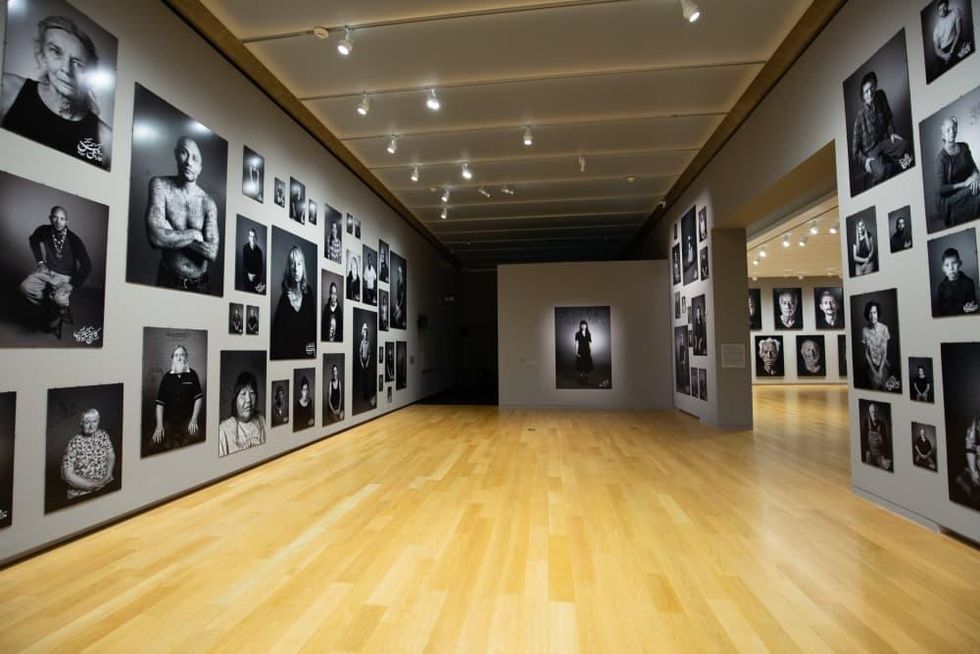
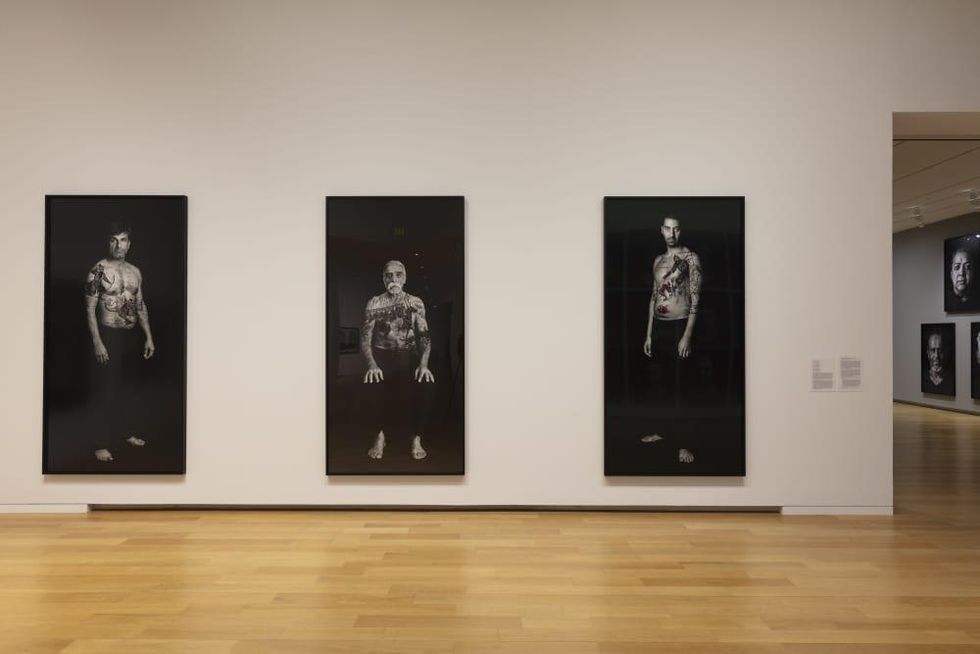
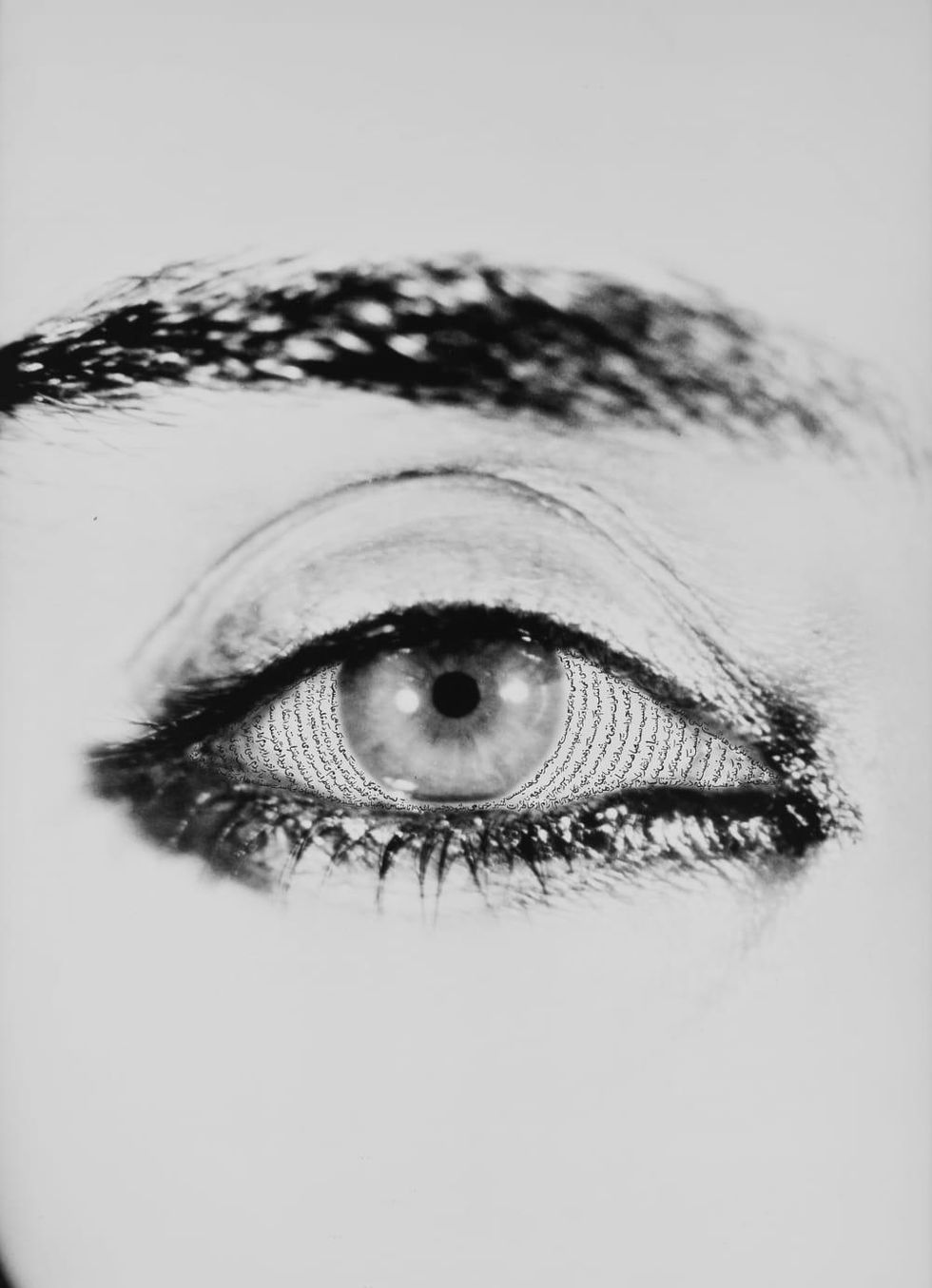
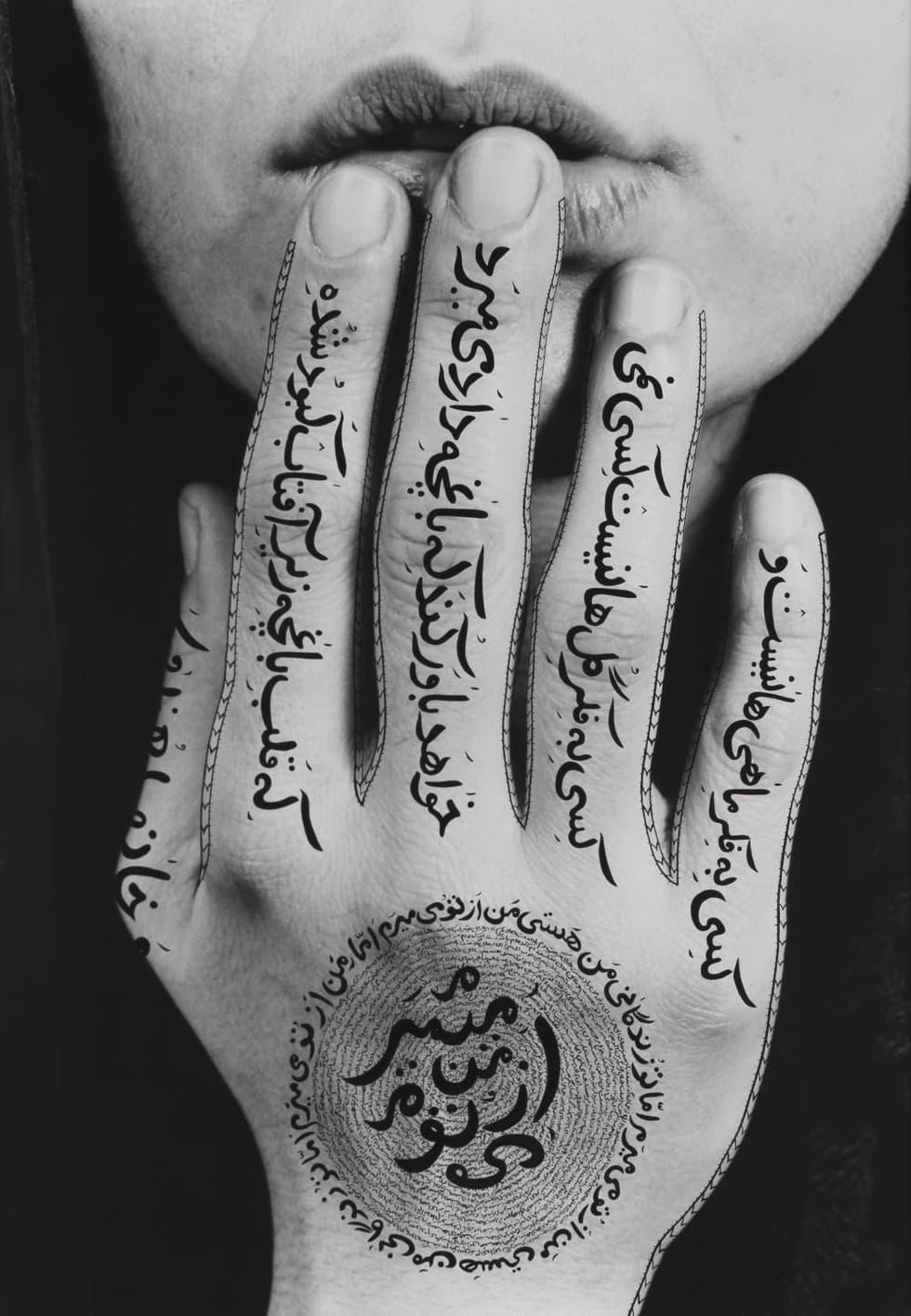
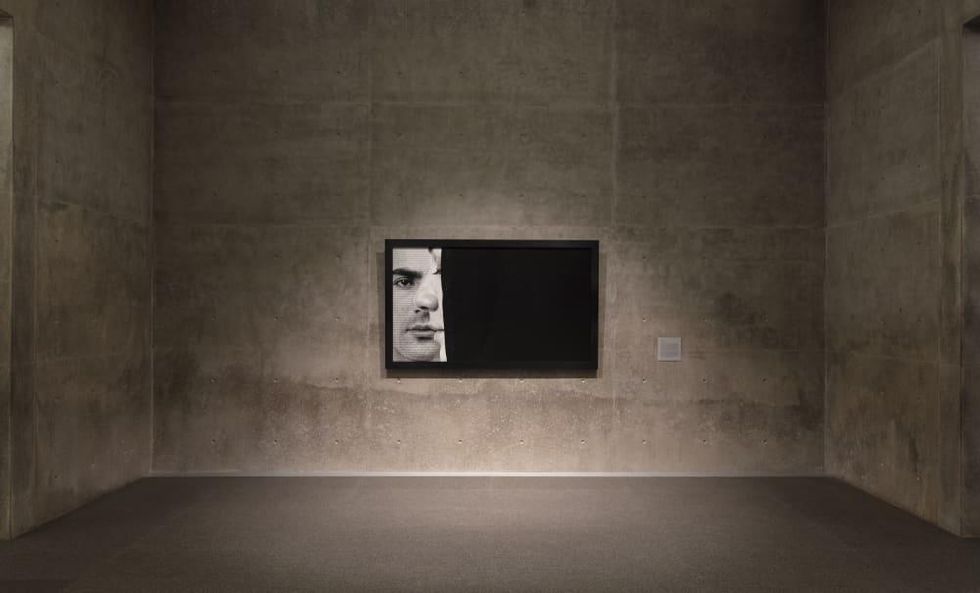
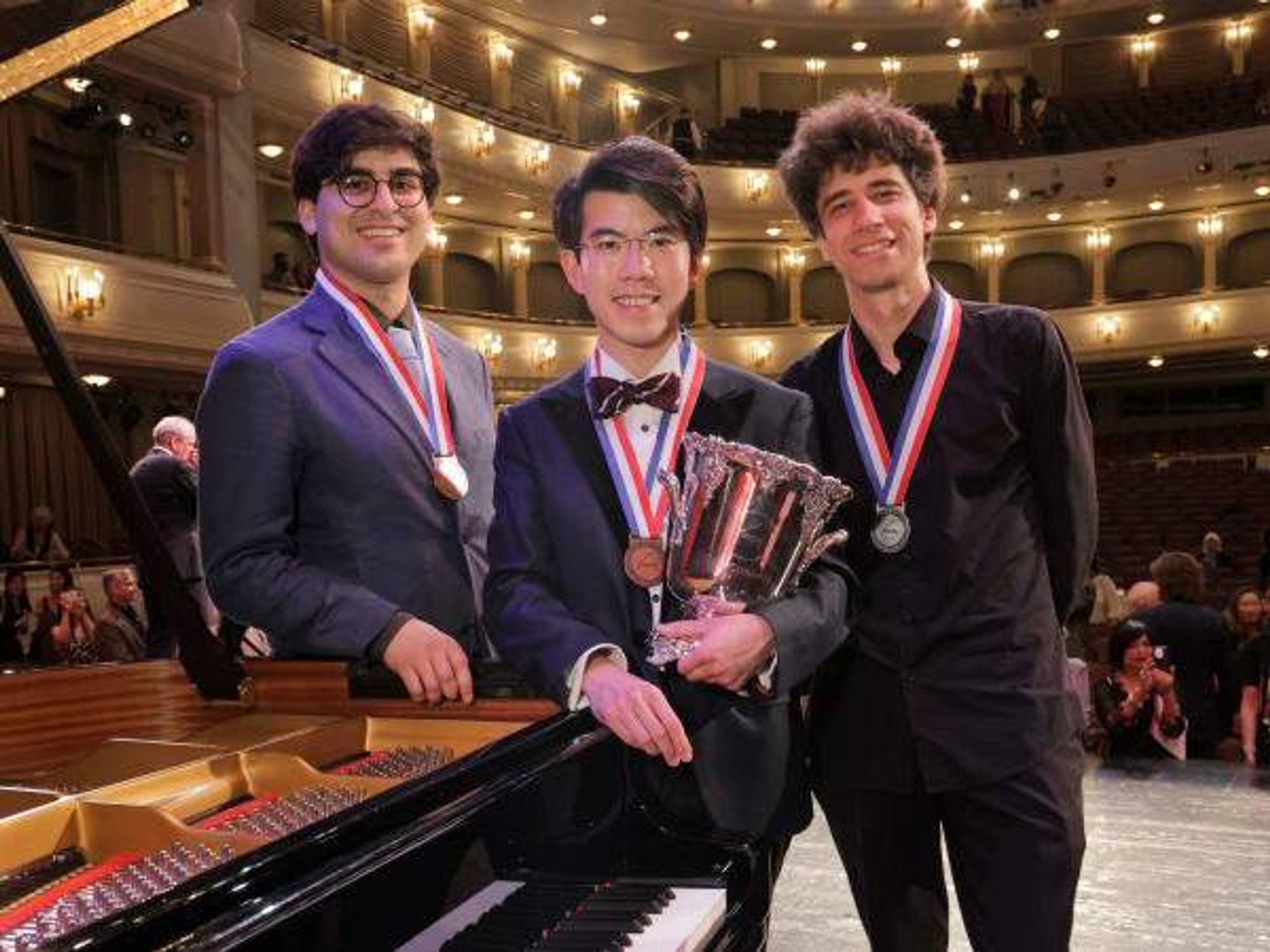
 Gun presented to Frank Sinatra. RIAC
Gun presented to Frank Sinatra. RIAC  "Princess Diana: Accredited Access," featuring photos of Anwar Hussein, ran January 17-April 6, 2025, at Arlington Museum of Art. Getty Images
"Princess Diana: Accredited Access," featuring photos of Anwar Hussein, ran January 17-April 6, 2025, at Arlington Museum of Art. Getty Images  The Cookies Chaos Milkshake is a winner. Photo courtesy of State Fair of Texas
The Cookies Chaos Milkshake is a winner. Photo courtesy of State Fair of Texas